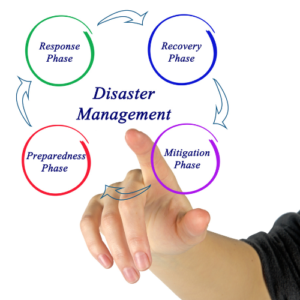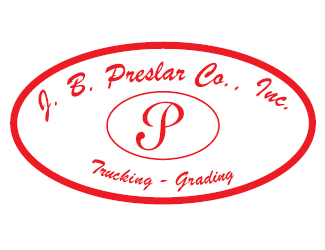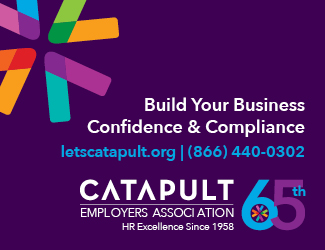
We are a month into hurricane season in the Carolinas. And while major disasters like hurricanes, earthquakes, and widespread power outages are relatively rare, they can have a devastating impact on your business. However, even more common, and seemingly less detrimental emergencies like burst pipes, electrical fires, or server failure can have a surprisingly crippling effect. Many companies have a plan in place for worst-case scenarios but neglect to put a plan in place for the small-scale crises that threaten businesses every day.
Having a disaster preparation plan can mean the difference between keeping your business up and running, even when the unexpected happens, or being forced to close shop for days or even weeks while you recover from an emergency. Here are a few steps to take to create an effective disaster preparation plan.
Understand What Threats Your Business Faces
Unless you evaluate the types of situations that are a threat to your business and the potential costs of responding to them, you can’t create a workable disaster preparation plan. A risk assessment and a business impact analysis can help you understand whether you could even recover from a given disaster, how long it would take for your business to recover, and what costs you would face if operations went down.
Create an Action Plan
A robust action plan will make provision for a variety of emergencies, including life safety (bomb threat, active shooter, or chemical spill), severe weather or environmental disasters, a problem with your supply chain, and any other types of emergencies that may be specific to your industry or geographic region.
Train Your Staff
No matter how well-rounded and carefully thought out your disaster preparation plan may be, if your employees don’t understand what is expected of them in an emergency, your plan won’t benefit anyone. Take the time to talk about your disaster preparation plan and run drills to ensure that your staff knows what to do if the unexpected should happen.

Fine Tune Your Plan
As you’re going through training exercises and drills, you may identify what works and what doesn’t. Make tweaks to your plan to streamline your processes and update it as procedures change.
Consider Your Supply Chain
While your disaster preparation plan should focus on crises that your business could face, you don’t want to forget to consider disasters that could face those in your supply chain. For example, if one of your main suppliers goes down, you don’t want to assume that they have a system in place to ensure that their buyers receive their products and services without interruption. A disaster at a supplier could pose a significant problem for your own operations, so developing a business continuity plan is important.
Monitor for Threats
In the event of a disaster, minutes matter. As much as possible, monitor for oncoming threats so that you can respond appropriately and as efficiently as possible.
Emergency planning can seem like an overwhelming task but having an organized approach and taking it one step at a time can ensure that your business is able to weather nearly any disaster.
Last modified: July 13, 2022






















